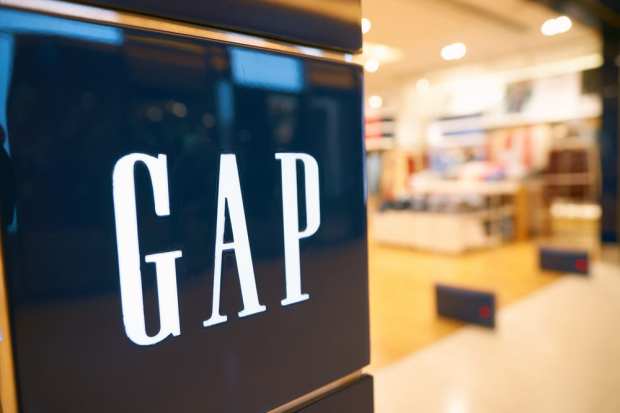The Gap Sets Out Digital-First Strategy

The Nike retailing model has shown itself again as The Gap announced Thursday that it will close underperforming stores, focus on the digital-first economy and exit its mall locations.
Stressing that it is “North America’s largest retailer,” the company told a virtual media and analyst event that it will be closing 220 of its namesake Gap stores by early 2024. That will leave 80 percent of its remaining Gap stores being located in off-mall locations. It also plans to close 130 of its Banana Republic stores in North America in three years. The announcements made at a Gap Inc. investor meeting detailed a three-year plan that calls for closing what amounts to 30 percent of the company’s Gap and Banana Republic stores in North America and focusing on outlets and eCommerce business.
According to several sources, the company’s four brands — Gap, Old Navy, Banana Republic and Athleta — have different strategies to achieve the new business focus. The three-year formula will focus on product assortment, customer loyalty and brand awareness, online sales and omnichannel capabilities and a revised store profile.
The end goal is to “drive low-to mid-to-single-digit sales growth annually, deliver [earnings before interest and taxes] margin expansion to achieve a 10 percent and beyond [earnings before interest and taxes] margin in 2023, generate operating cash flow of about 10 percent of sales and efficiently deploy cash through capital expenditures and return of capital to shareholders,” Katrina O’Connell, chief financial officer, said during the presentation.
Gap, inc. lost $62 million in the most recent quarter. The strategy announced Thursday is similar to Nike, Zara, Guess and Macy’s as retailers move away from brick-and-mortar locations and toward the digital-first economy. As Macy’s CFO Felicia Williams told a retail conference in September: “Our intention is to change the composition of our store base. We are maintaining our store presence, market coverage particularly in markets that are needed to support the digital business. We don’t want to create a dead zone. So at the end of the day, we are a true omnichannel retailer, and the key here is flexibility particularly as the pandemic runs its course.”
The Gap moves are yet another blow to the mall sector. This week Starwood Retail Partners defaulted on one of its suburban Chicago malls. The Chicago property is the nearly 1 million-square-foot Louis Joliet Mall. Starwood last made a payment on its $85 million CMBS loan in March, and is over 90 days past due. The loan went into special servicing in May.
